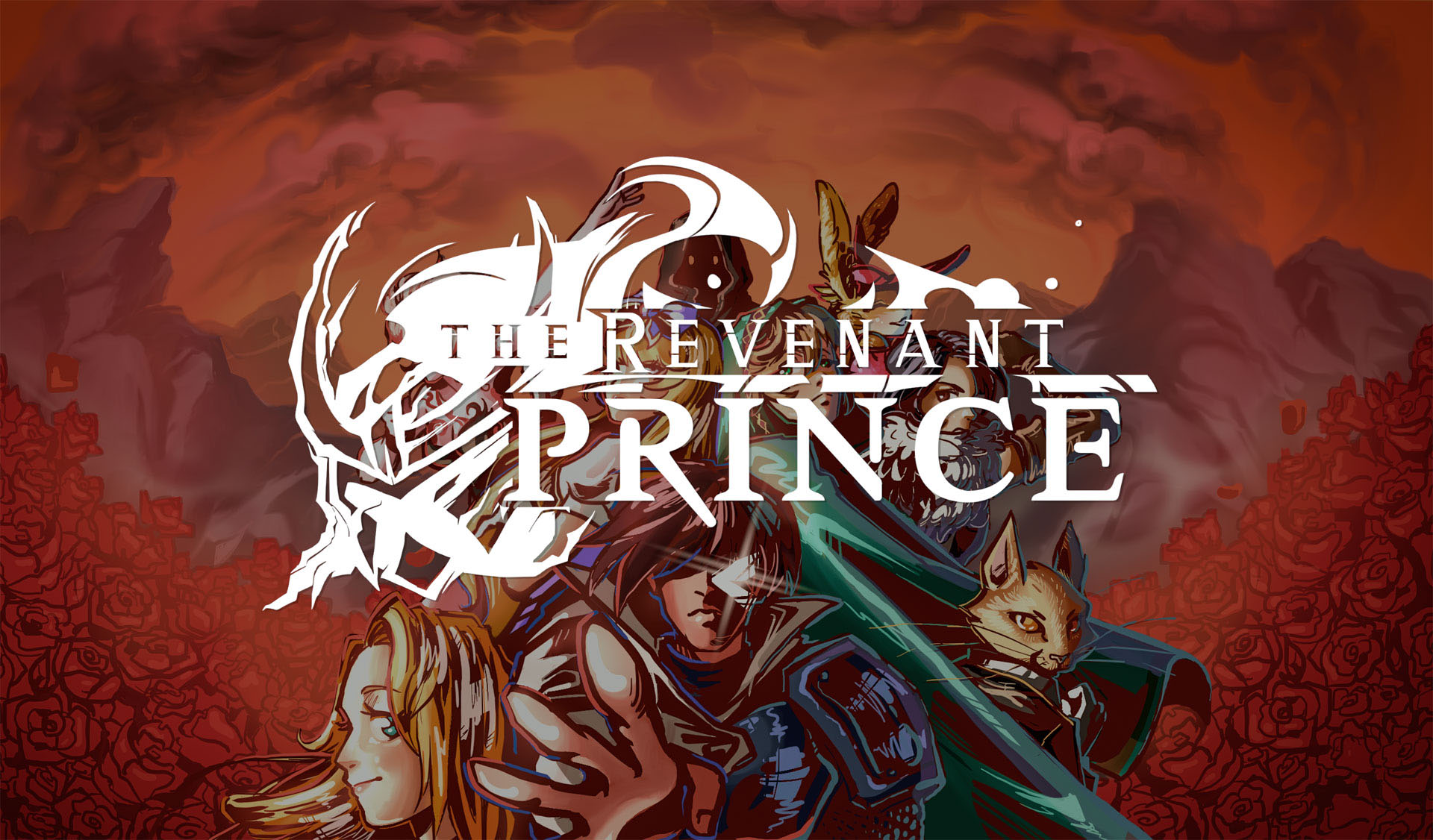Developed By: Nomina Games
Published By: Nomina Games
Platforms: PC (Steam)
Reviewed On: PC
If there is one thing I love about indie games is the fact that many fresh ideas and concepts started from there. While many of us are quite used to seeing triple-A games of high caliber, we often overlook the small indie titles due to their lower production quality.
Many of these indie titles often times try concepts that can be considered unorthodox which many triple-A titles aren’t willing to risk doing. This is one of the reasons why I have always loved playing indie games, the experience to try out fresh new ideas.
One such case is the game by Nomina Games called The Revenant Prince.
A Tale Like No Other
The story starts with you as Troy, beginning his journey as a Purge soldier of the Lumerian Empire with very little detail about his background. The only thing you will know from the get-go is that his mother passed away and he is living with Gabriella, who seems like his sister but that isn’t really confirmed at least at the start.
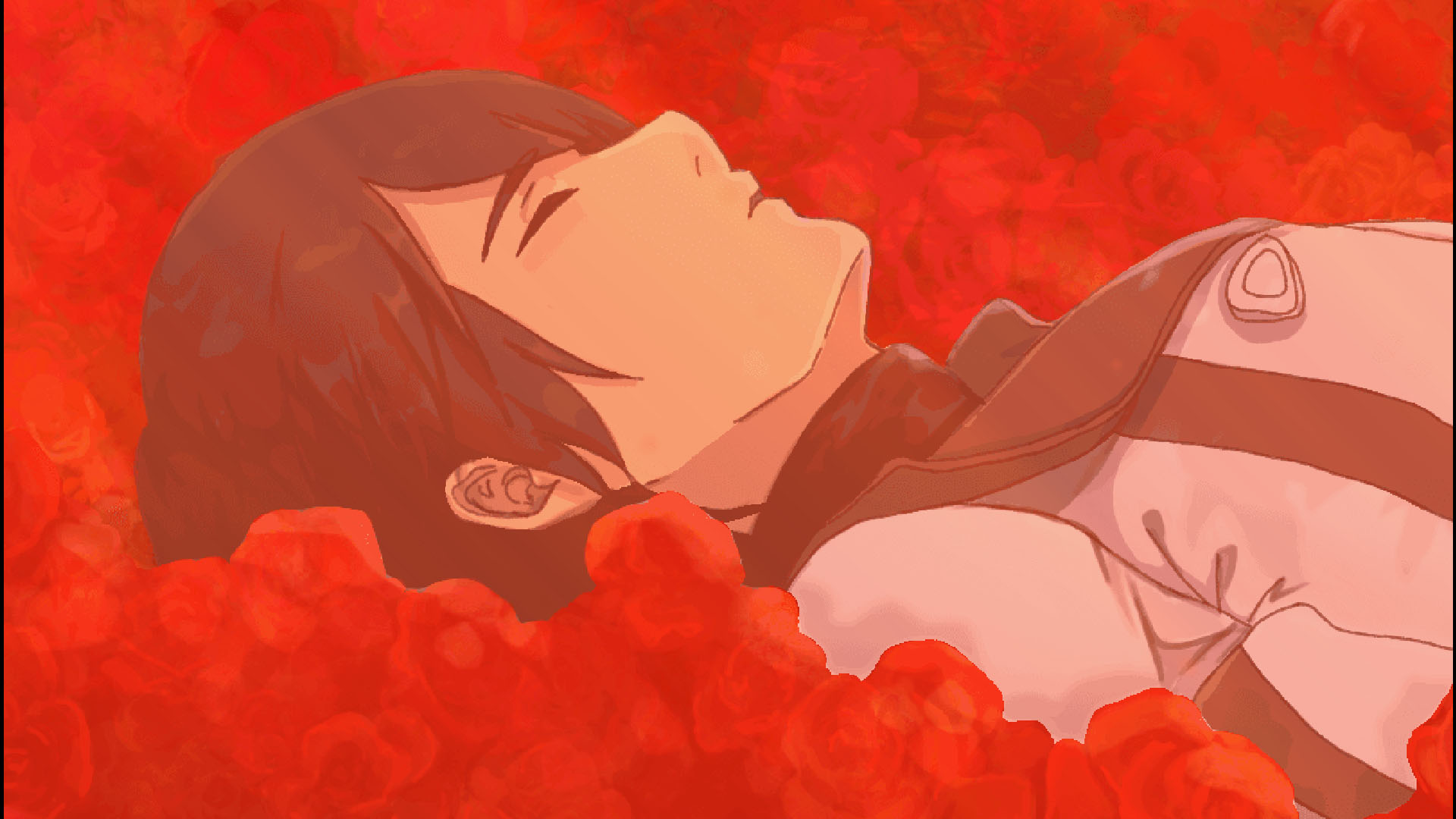
The following day, it was Troy’s first day as a Purge Soldier and his first task is to watch the group he belongs to decimate an entire group of rebelling unarmed villagers. This prompts Troy to question the motives of the Empire which resulted in him being branded as a traitor.
Apart from that, Gabriella is killed and Troy is on the run from the Empire. From here on begins the story for Troy as he embarks in a quest for revenge or so it seems.
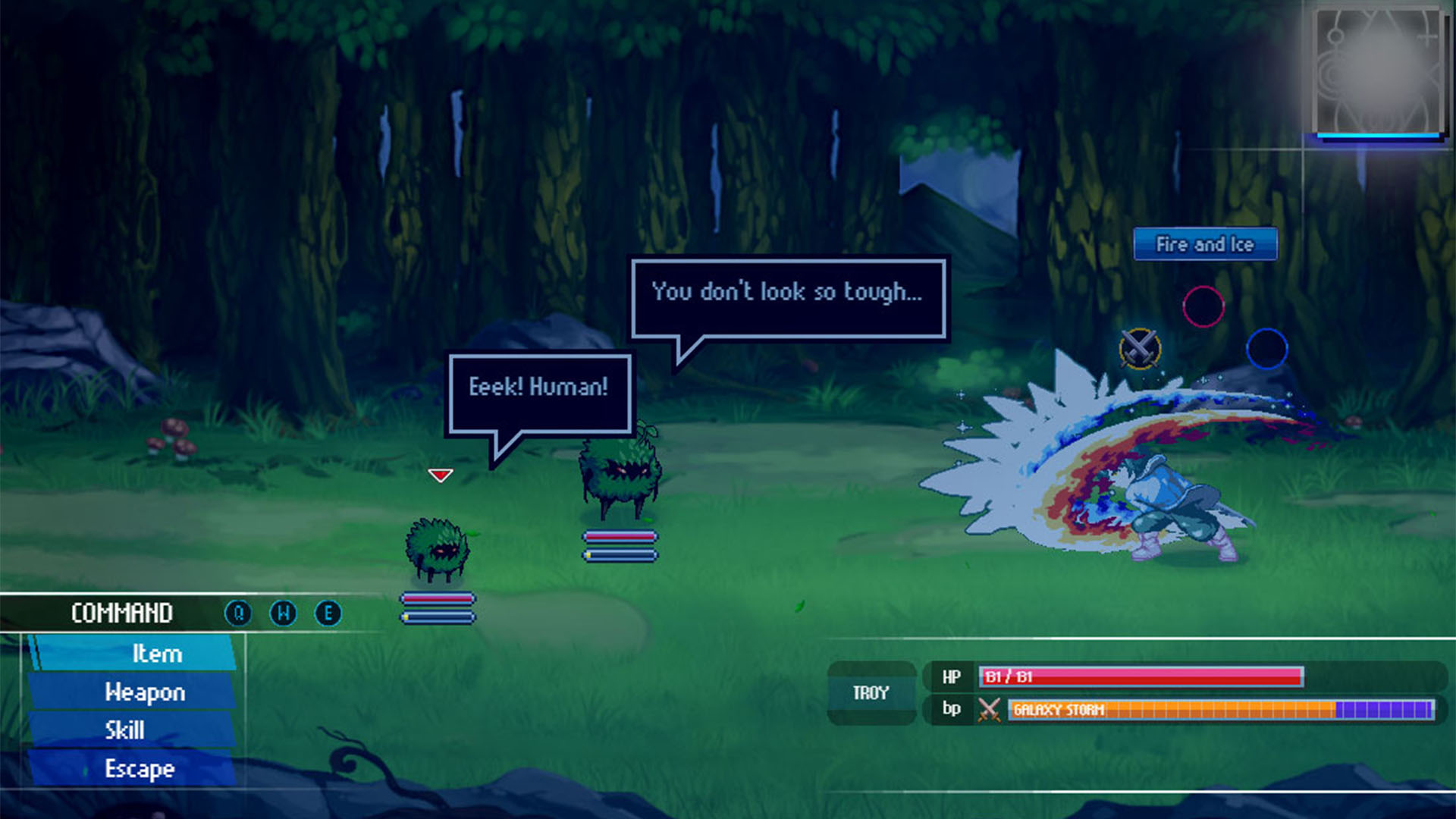
This is where things start to get interesting. Over the course of the game, Troy will meet all kinds of people as well as a guiding voice that can be rather benevolent which includes killing the people you meet. What is more twisting is the more you journey, you find out that there is more to Troy than just your average hero.
In fact, Troy harbors hidden powers that allows him to control time and reset certain events. From there, he ultimately has to fulfill a destiny – to either save the world or to bring sorrow.
Core Classic With A Difference
The cool thing about the Revenant Prince is how certain aspects including choices in dialogue, the items you pick up as well as whether to kill or spare certain enemies or characters will affect certain outcomes at later stages of the game. For instance, sparing a certain enemy or monster allows access to some areas of a map.
Nonetheless, these changes are quite subtle and it can feel like it doesn’t really matter that much as certain areas don’t offer much other than more characters to speak to. However, when it comes to the story where choices are through dialogues, there will be some major changes as you progress through the game.
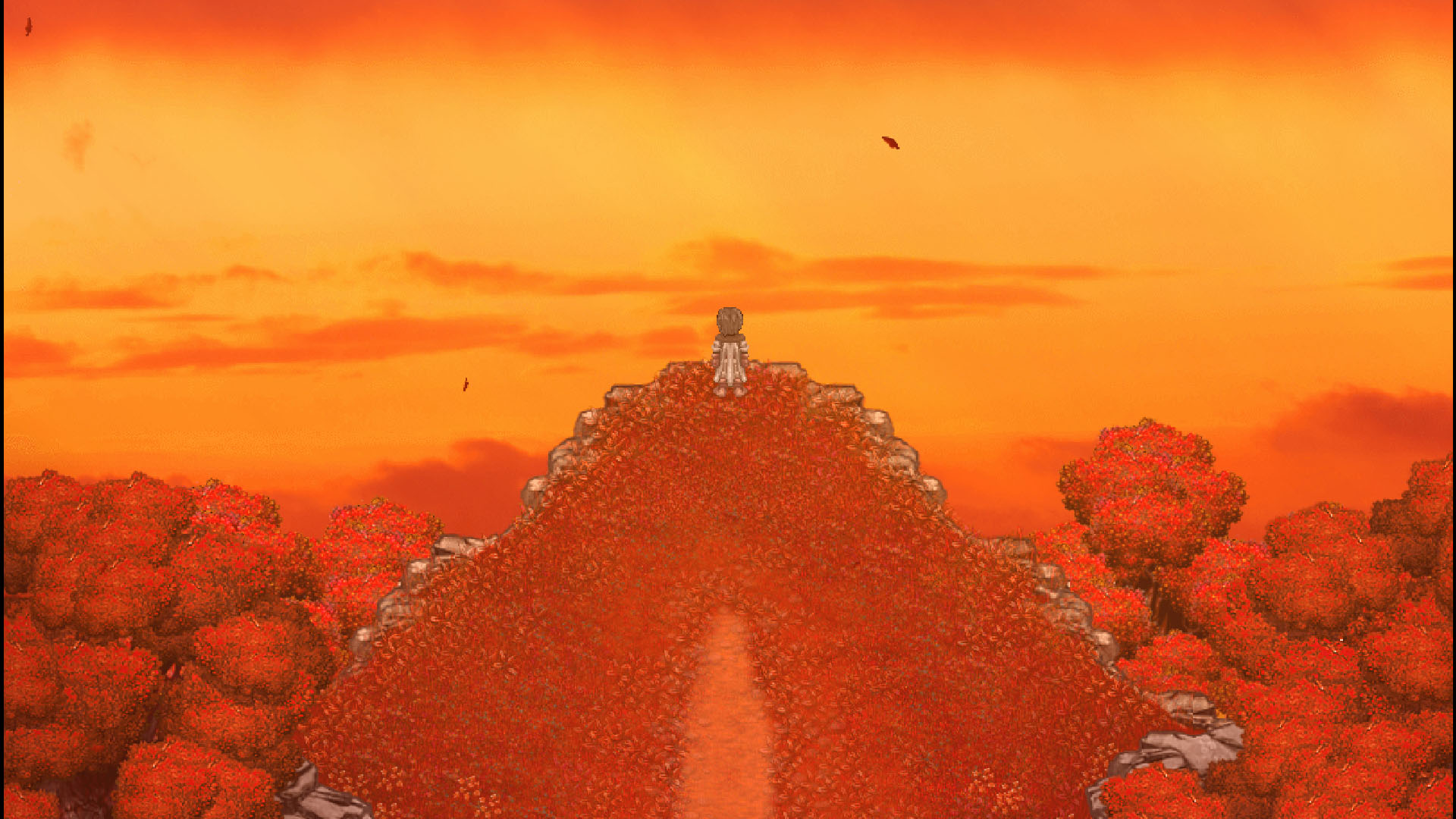
Apart from that, the game also features the tried and true quest system. You will be able to pick up a quest from the board as well as additional tasks from certain characters in town or outside of the world. Many of these quests consist of kill a number of enemies or collect a number of items.
While they can be a grind, the game does have a neat feature that allows you to adjust the encounter rate. By default, it will be on 0 but you can either push it up for a constant battle or tone it down no encounter at all. It is a very nifty feature especially when you wish to farm a certain item and once you are done, you can turn it off and proceed to the next area.
Simple & Clean
Before we get into the battle system, I would like to highlight how beautiful the art style is. Many Indie developers will always opt for the classic pixel look which can either be attractive to some and too old school for others. I personally have always dug the old school look as it brings out more charm and character to the entire game as a package.
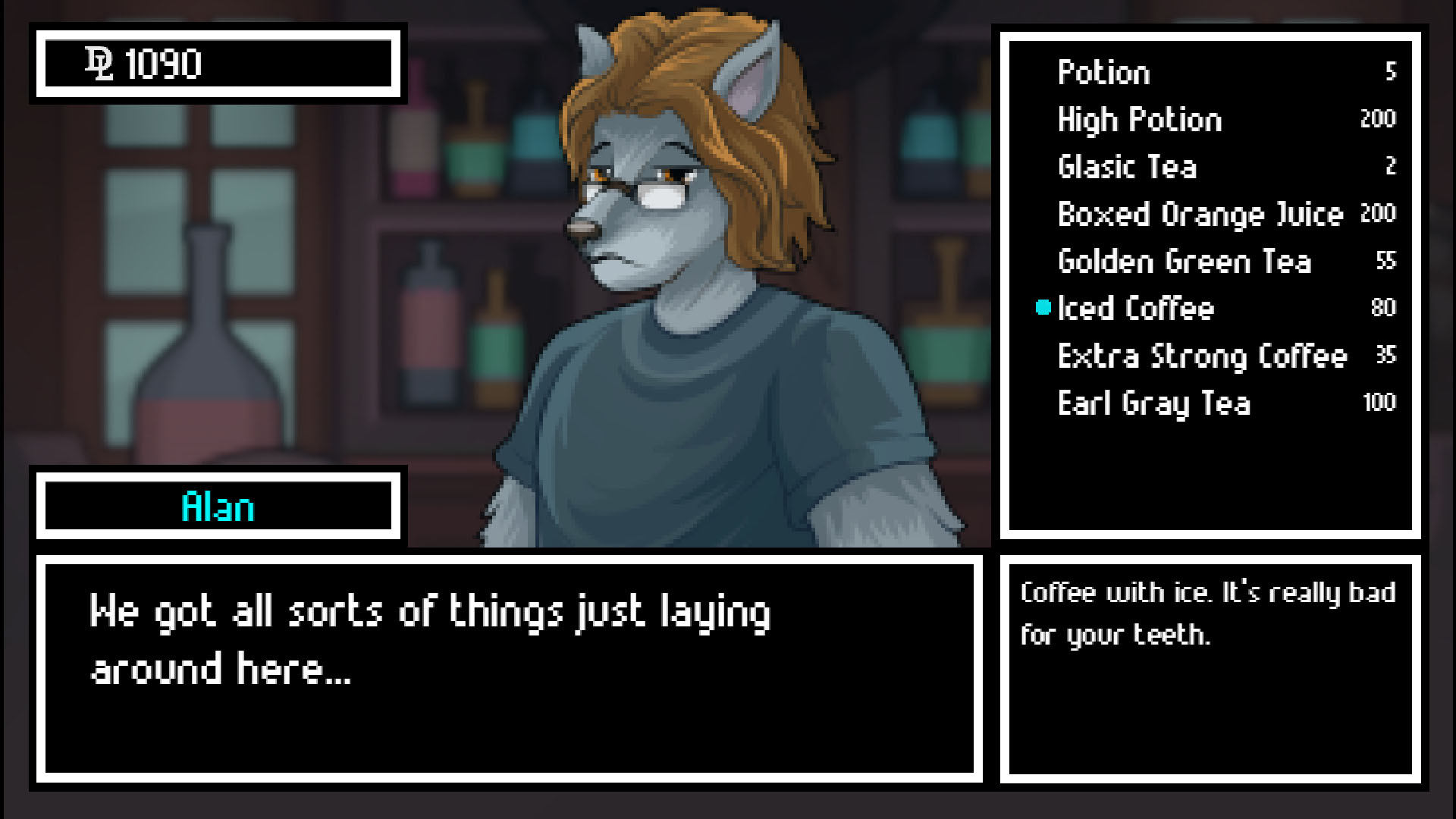
I have seen so many indie games and this is by far one of the most attractive yet as it is so clean in its art style. It is like a fusion between hand-drawn and digitized drawings blended together harmoniously without overpowering one another. At the same time, it also retains the charm and character that makes the old school style of art a joy to look at.
The characters while still having a slight pixelated look integrates clean lines making it easier to distinguish the look of every character, monsters as well as the environment. This also includes the attacks and spell effects where the drawn lines are so nice to look at in motion.
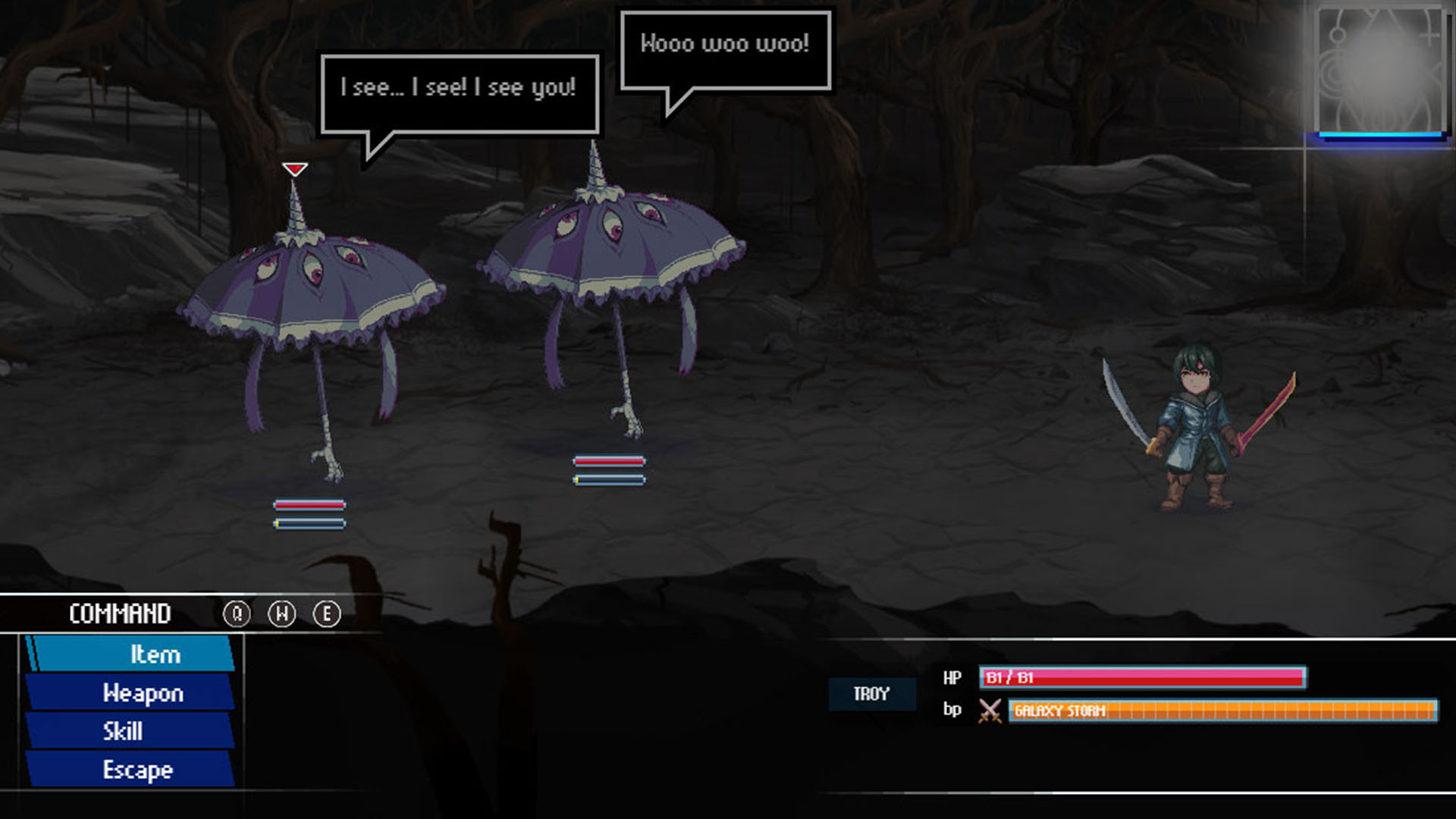
I am really digging the design in this game. It is a real treat for me each time I go into a battle to look at the wonderful animations going into motion with such flair and charm. The game really oozes a lot of that cute and artsy vibe but at the same time has a dark and mysterious feel to it that can pull you in.
Just Keep Switching
Speaking of the battle system, the Revenant Prince uses an Active Time Battle system which means every action has a timer and it runs in real-time. This is reminiscent of how the classic FF7 used to be. Unlike other classic RPG games, there is one difference here. You only get to control Troy.
While you do encounter other characters, they do not join you as a permanent member but instead, they are utilized as an Assist command. Many RPG fans may find this a rather odd choice considering it has been a staple to recruit party members in many other RPG games.
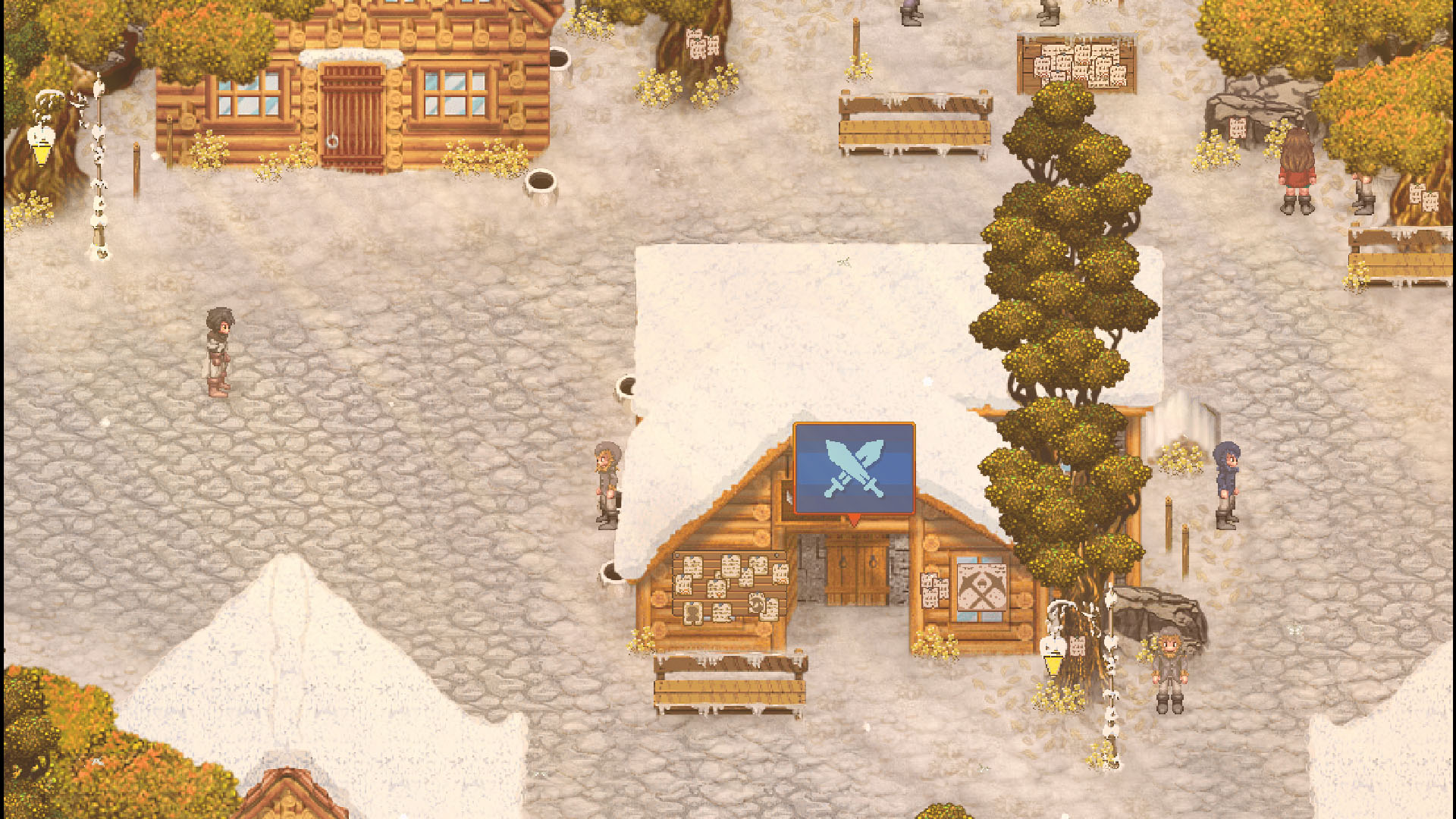
In exchange for the lack of party members, Troy is able to equip more than 1 weapon. You have 3 weapon slots. You can equip all kinds of weapons and shields you come across. By equipping all 3 slots, you open up to a whole array of attacks during battle.
Each weapon has its own action bar and by pressing the correspondent keys will unleash a light, heavy and special attack. Each attack requires a specific amount from the action bar with light attacks requiring the least to special attacks which takes up the most out of it.
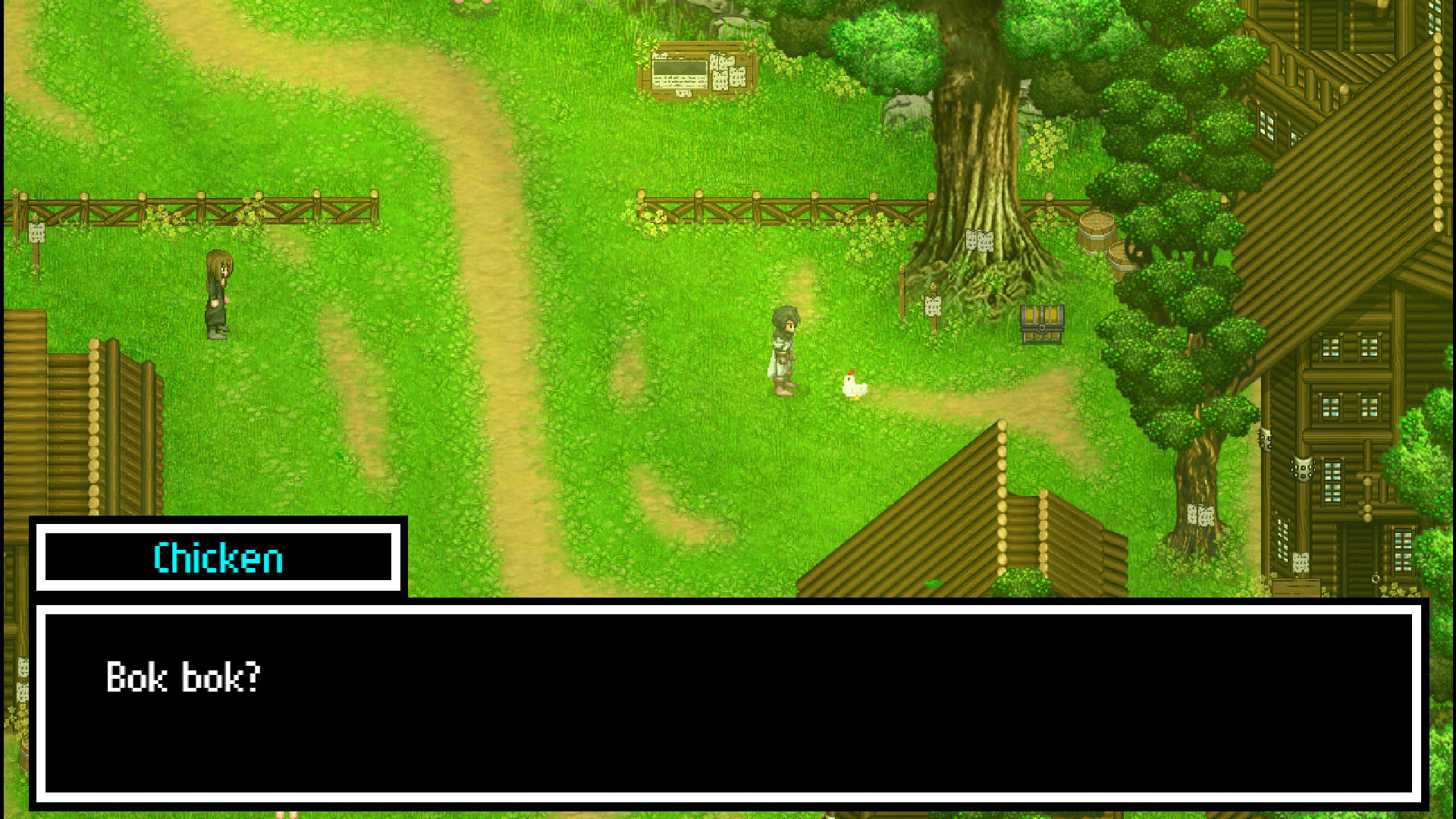
It is encouraged to keep switching between the 3 weapon slots. By switching, you will be able to keep continuing your assault while the enemy needs to wait for their turn to make an attack. At the same time, your previous weapon will still continue to refill its bar.
This opens up the ability to combo off attacks from different weapons and such allowing you to dish out huge amounts of damage in the shortest amount of time.
Build-a-Troy
Another system that the game incorporates is the Sphere Grid. This is where you manage and upgrade the stats of Troy from his attacks to his defense as well as increase the exp gain rate. In order to use it, you choose between 3 spheres – Attack, Defense or Utility, to be placed on an empty slot.
Once you choose, you will be able to unlock the corresponding bonuses of that particular sphere. Each bonus requires SGP or Sphere Grid Points which you can gain by defeating enemies. As you fully upgrade a Sphere, you will unlock a new slot to fill up a different Sphere. The consumption of SGP increases as you unlock more slots.
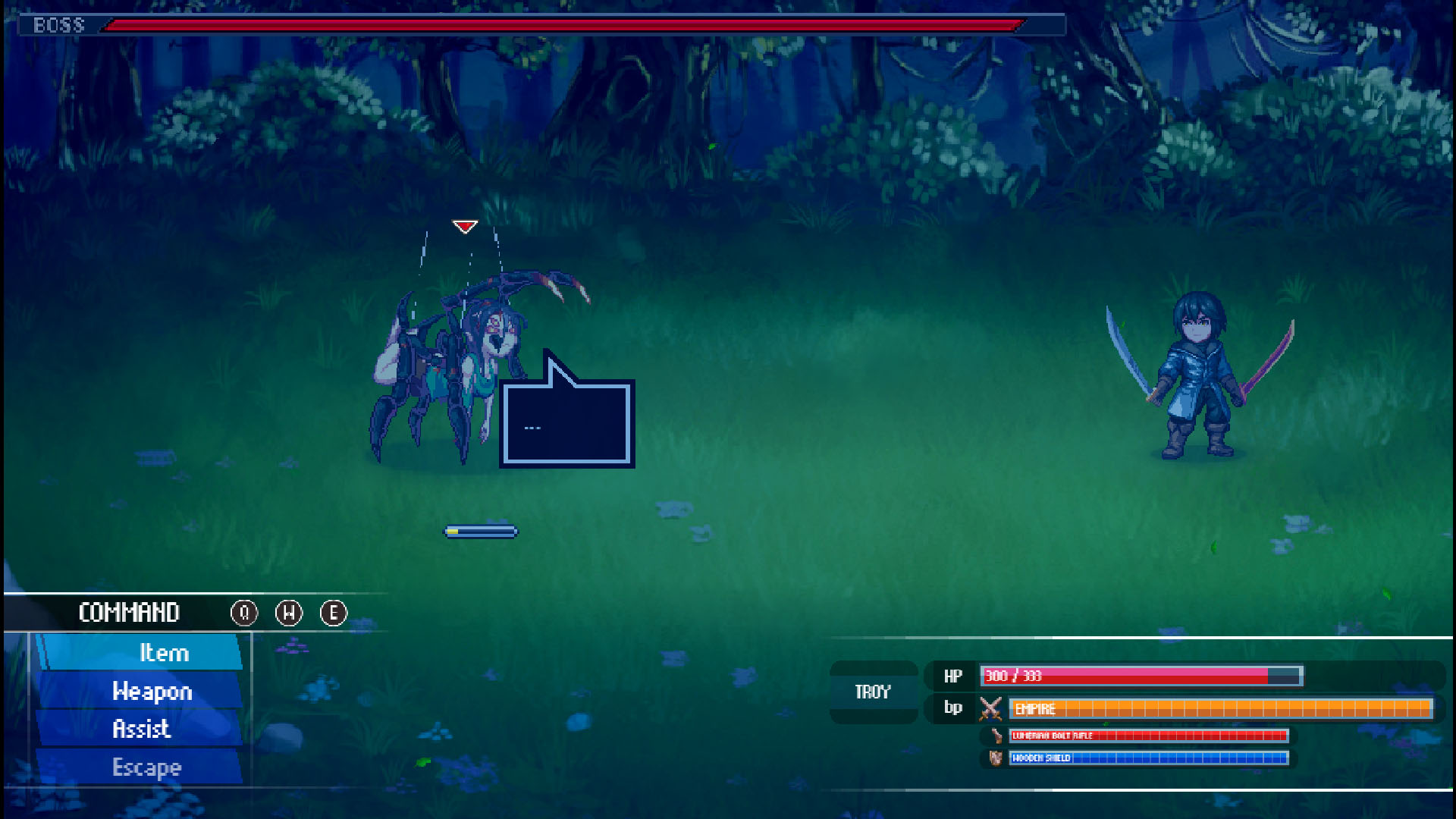
The ability to choose which Sphere to upgrade helps in focusing on which area you need most. If you want to go full-on attack then opening up slots for more Attack Spheres allows you to build up a full offensive Troy. Or you can build him as balanced as possible as what I did.
Nonetheless, the upgrade in the Sphere Grid can feel rather meek as many of the upgrades don’t exactly feel like a substantial boost. However, I have only managed to use up two slots at this time of this review. Hence, I was not able to get to the fullest potential of the Sphere Grid system. There is a good chance that once I have unlocked more, that is where the major changes can be more apparent.
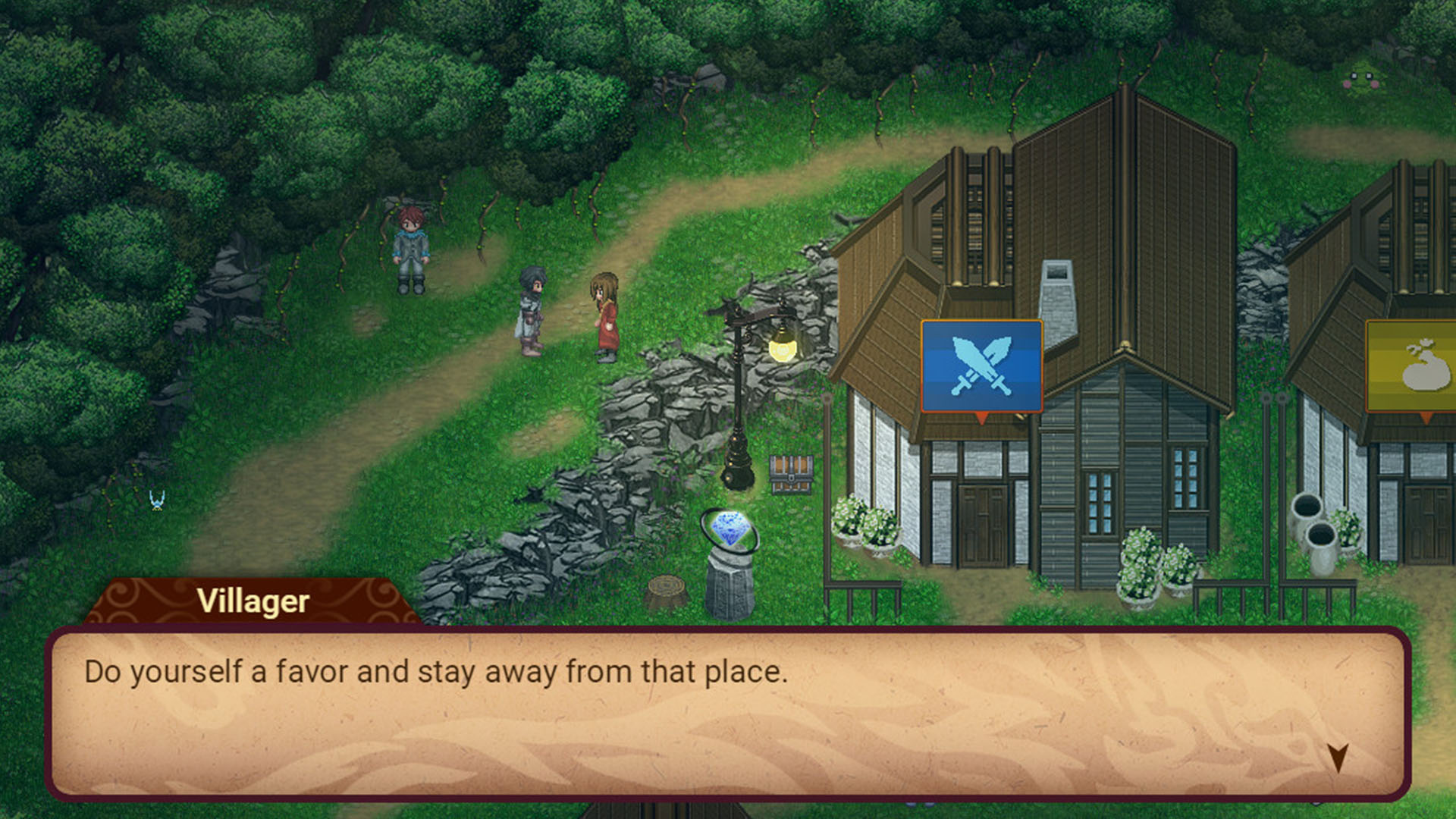
Good With Room For Improvement
While I sing praises for this game as I am a strong indie game lover myself, the game still has some things I felt that could’ve been better.
Considering that this game is only available on PC, I felt the lack of some shortcut keys to certain menus is quite surprising.
This game has tons of quests to do, I felt it would be great to access things such as the quest menu or even the Sphere Grid menu at the press of a key but instead, I still have to press ESC and select the quest tab in order to view my current running quest.
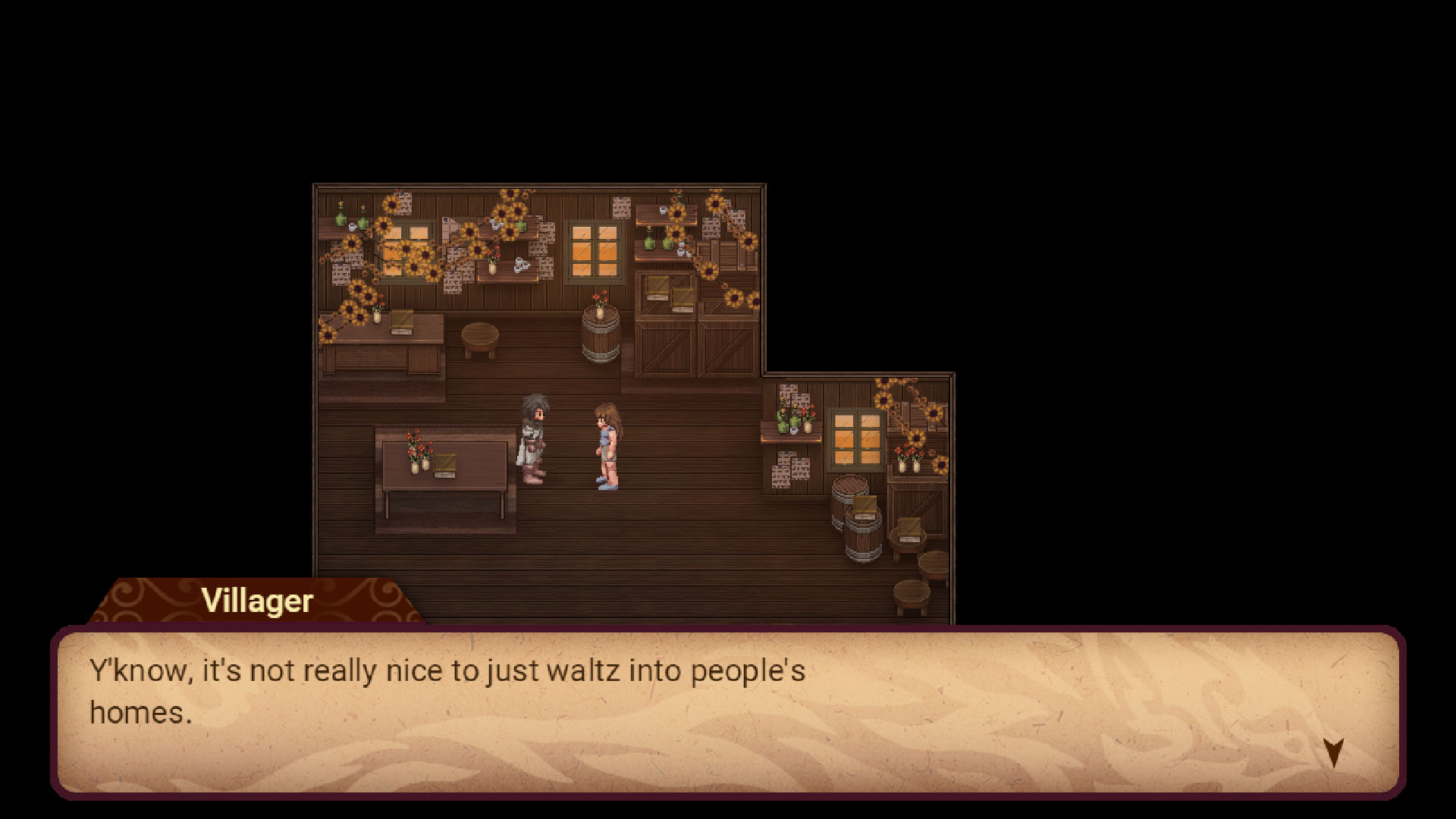
The game also has some bugs. There was one time where I couldn’t press any of my attack buttons during a battle and I had to restart the game. This is also where I realize there is no autosave feature. While I agree this is not a deal-breaker as it encourages me to save often but having an autosave would be helpful to many players.
One of the biggest problems of the game is it does not attempt to educate the player on certain important things. Firstly, it doesn’t explain what certain items you pick up do in the game. Secondly, the introduction of new mechanics comes in at odd times especially when you have access to transformation in which the story also does not make any acknowledgment of this transformation other than providing information on how to use it.
I felt this was rather odd considering the transformation that Troy has is tied to his mysterious backstory.
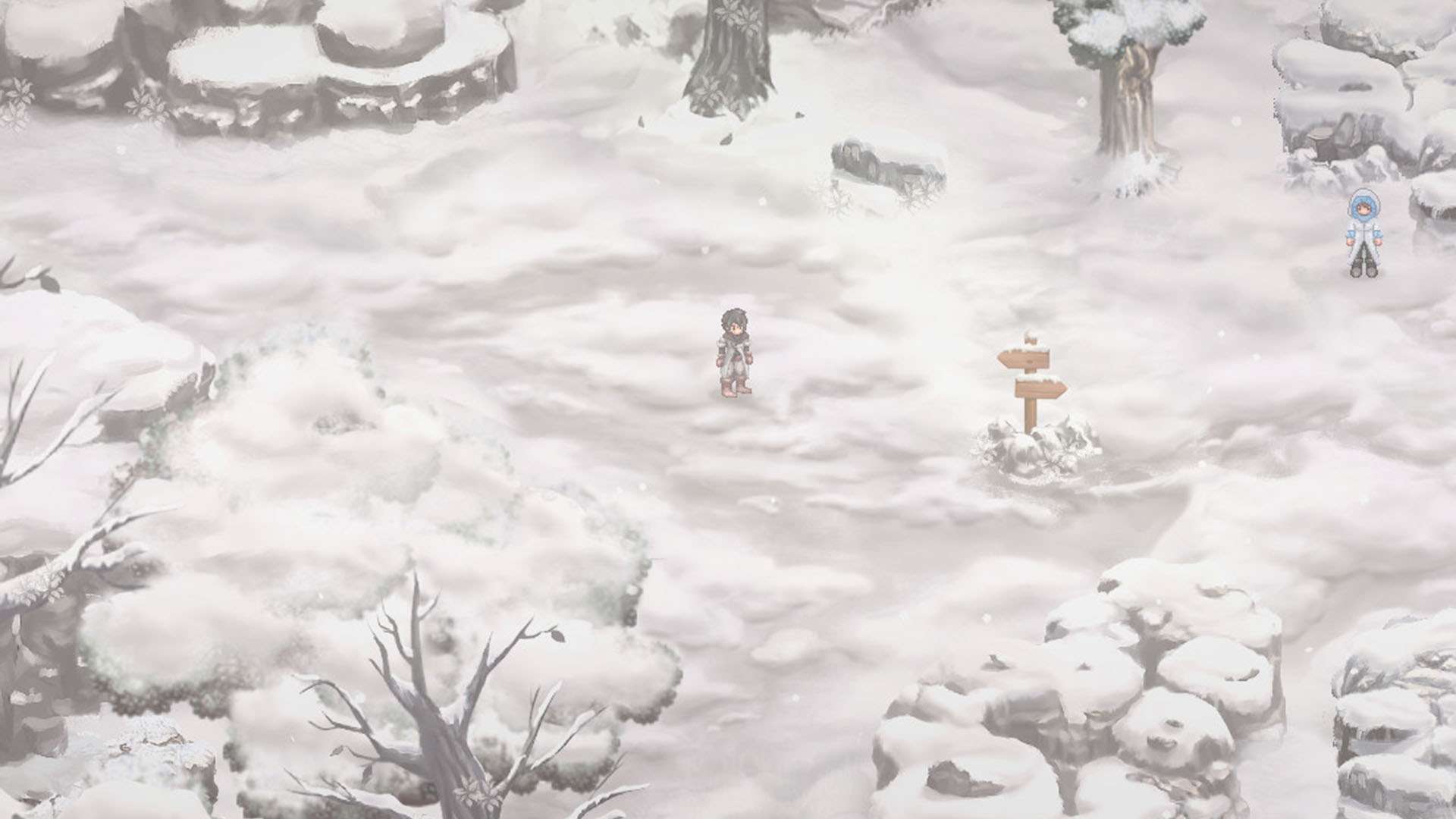
Another feature I felt was lacking from this RPG is that there is no way for me to compare equipment when I am browsing wares at a weapons shop. I have to buy the weapons or armors and view them on my own menu in order to see which area of my stats it increases.
Furthermore, while I love the art direction of the game, I also noticed some of the user interface can be rather hard to see especially when the attack cooldown animation indicator on the corresponding buttons is rather small.
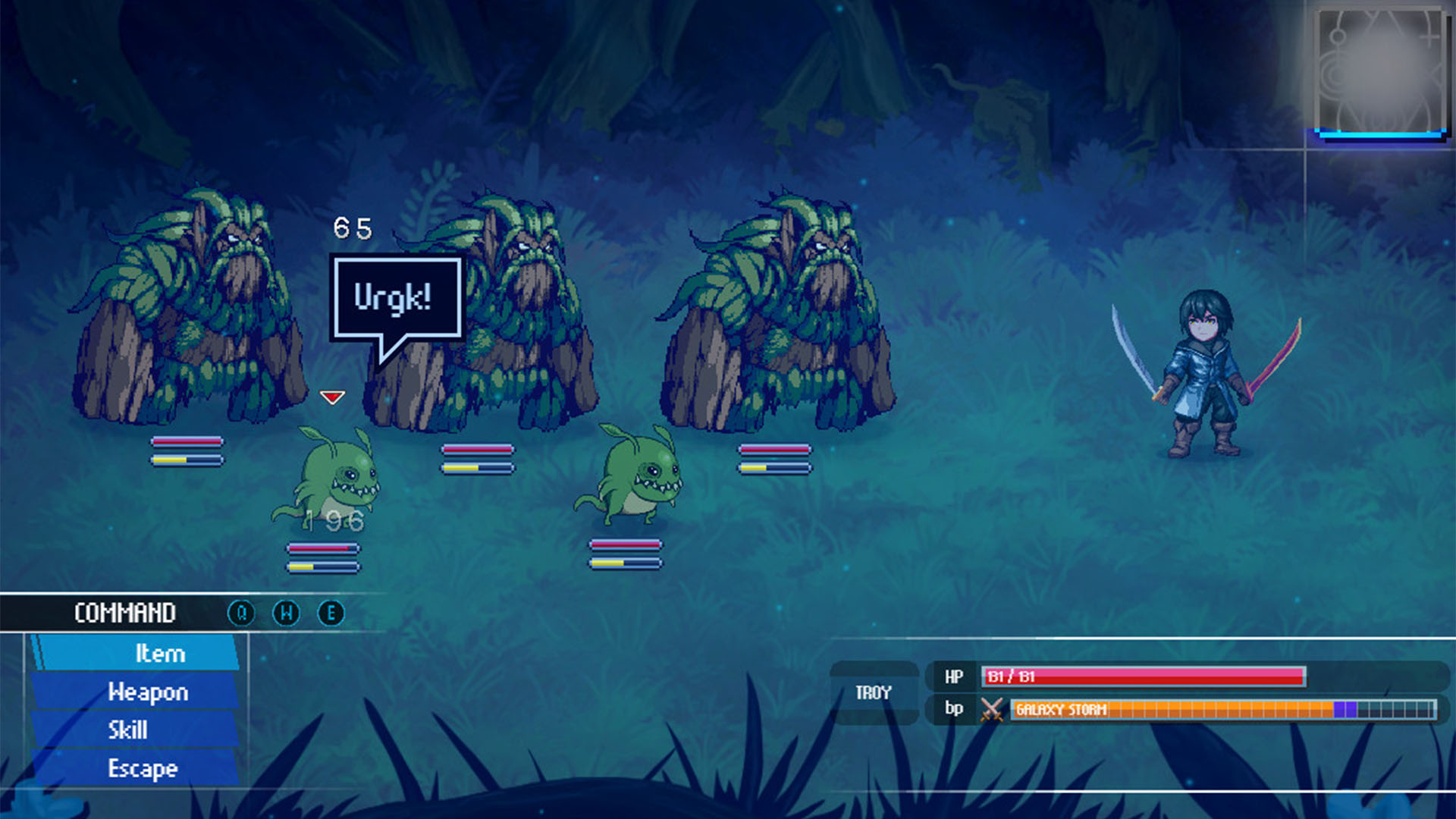
In addition, the game has many miscellaneous items to pick up through the map. These are represented as a small glow of light which is quite hard to see especially on maps that have bright colors. I had to squint my eyes on this one in order for me to see if there is anything to pick up.
Also, why is there no enemy compendium? I really dig the enemy designs and I would like to know more about them.
What I Liked
- Clean pixel art style
- An interesting use of choices mechanics – I like the idea that certain dialogue and action I do gives a different vibe as I progress
- Speaking of vibe, I like how the game feels – cute and artsy yet mysterious and dark
- Battle system is easy to follow and understand yet has some slight deep mechanics
- Battle system – the use of 3 different weapons allows for a deeper combo setup mechanics
- The ability to spare your enemies during battle is refreshing to say the least
- The ability to change the encounter rate is very handy
- Story is intriguing enough to pull you into continue on
- There is a well-built mystery regarding on main hero
- The Sphere Grid mechanic gives enough room to build your hero in a variety of ways
What I Wish Was Better
- Add in shortcut keys
- A way to compare equipment at store
- I wish there is an enemy compendium
- Some enemies give a huge amount of exp while some don’t.
- Introduction of new mechanics doesn’t feel right in time and can feel very off
- User interface during battle is rather unclear and hard to see especially the attack cooldown animation
- Certain items to pick up around the map can be quite hard to see
- I wish there is the ability to actually have more chars in the party instead of just assisting
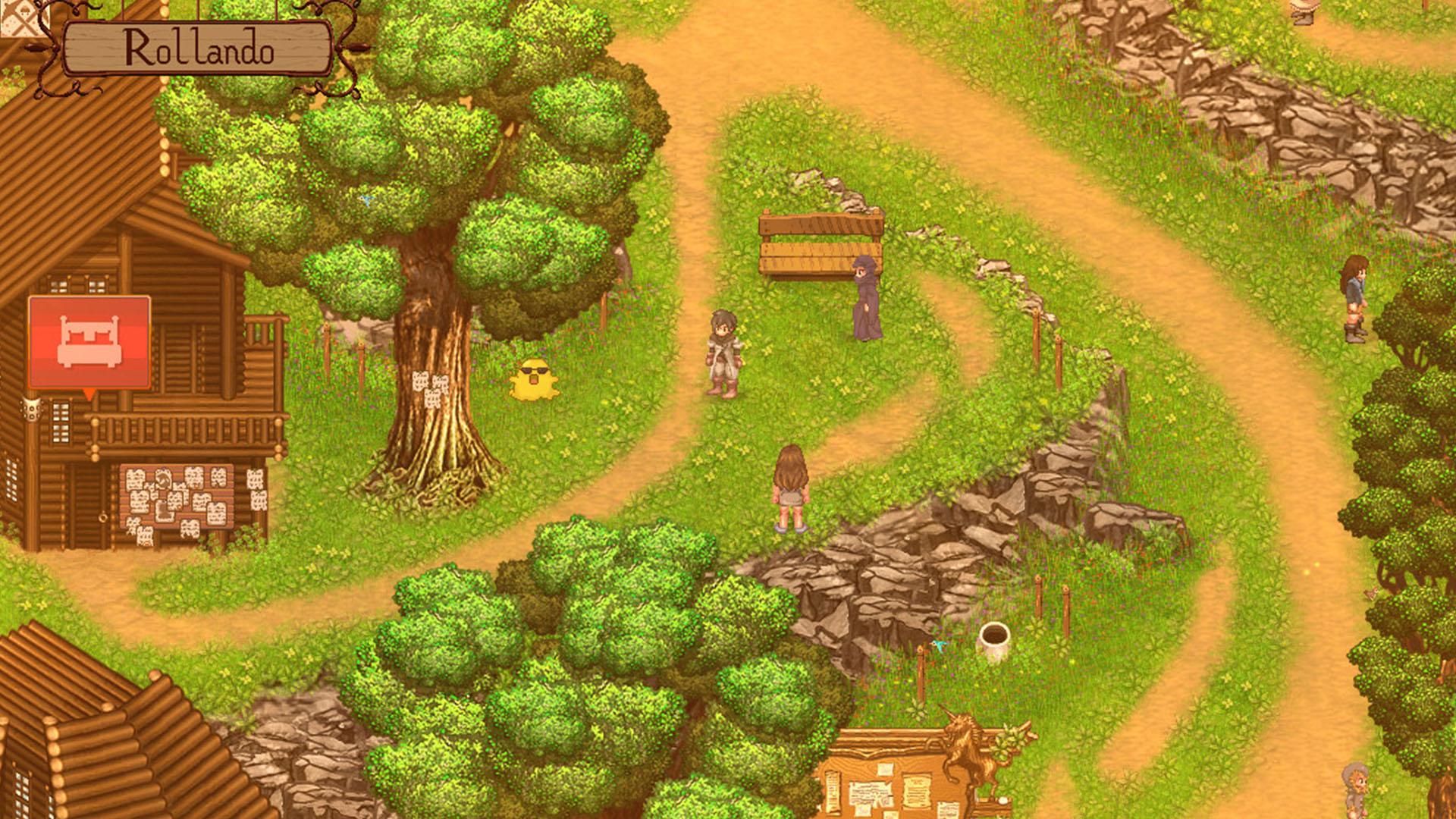
In Short
The Revenant Prince is actually quite a solid game especially for an Indie level game and even more amazing considering it is being developed by one person. It introduces fresh elements and mechanics like the use of choices and consequences. I also love the art direction of the game. The unique blend between hand-drawn and pixel-like visuals is a feast to look at. The story itself is a refreshing take for a Role-playing game.
It is obvious the game has some shortcomings which aren’t huge game-changers but it definitely has areas to improve on which can be hard not noticing.
Overall, the Revenant Prince is a fun game with an intriguing story to follow. It is one of the few games that show that Indie developers have really stepped up their game by more than a mile. Kudos to you Darrel Wijaya.
Final Score – 7/10
